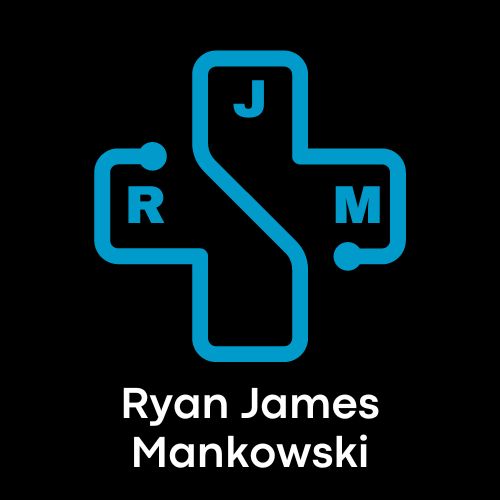Medical imaging technology has revolutionized healthcare by providing critical insights into the human body. Over the years, advancements in imaging technology have improved diagnostic accuracy, enhanced patient care, and transformed medical treatments. By staying informed about these trends, we can better understand the future of medical imaging and its potential to shape the healthcare landscape.
Artificial Intelligence and Machine Learning
Artificial intelligence (AI) and machine learning (ML) are revolutionizing medical imaging technology. AI algorithms can analyze large amounts of imaging data, assisting radiologists in detecting abnormalities and making accurate diagnoses. ML algorithms can learn from vast datasets, improving the accuracy and efficiency of image interpretation. AI-based image reconstruction techniques also enable faster scanning and reduced patient radiation exposure.
3D Printing and Advanced Visualization
Integrating 3D printing technology with medical imaging has opened up new possibilities in personalized medicine. Radiologists can use imaging data to create 3D models of organs, tumors, or implants, allowing surgeons to plan complex procedures precisely. Advanced visualization tools enable interactive and immersive exploration of medical images, facilitating better communication between healthcare professionals and patients.
Point-of-Care Ultrasound
Point-of-care ultrasound (POCUS) is gaining popularity as a portable, cost-effective imaging modality. POCUS allows healthcare providers to perform real-time imaging at the patient’s bedside, aiding in rapid diagnoses and immediate treatment decisions. Its versatility makes it a valuable tool in emergency medicine, critical care, and resource-limited settings.
Molecular Imaging and Precision Medicine
Molecular imaging techniques, such as positron emission tomography (PET) and single-photon emission computed tomography (SPECT), provide valuable insights into cellular and molecular processes. These imaging modalities help visualize biomarkers, aiding in the detection and treatment evaluation of various diseases. Molecular imaging plays a crucial role in advancing precision medicine, where treatments are tailored to an individual’s unique characteristics.
Image-Guided Interventions
Image-guided interventions combine real-time imaging with minimally invasive procedures, enabling precise and targeted treatments. Interventional radiology techniques, such as image-guided biopsies, ablations, and catheter-based interventions, offer less invasive alternatives to traditional surgical procedures. These techniques result in faster recovery, reduced complications, and improved patient outcomes.
The emerging trends in medical imaging technology are reshaping healthcare by enhancing diagnostic accuracy, improving patient care, and enabling personalized treatments. These advancements can potentially enhance early detection, improve treatment outcomes, and increase access to quality care. As medical imaging technology evolves, healthcare professionals must stay updated with these trends and leverage them to provide the best possible care to patients.

